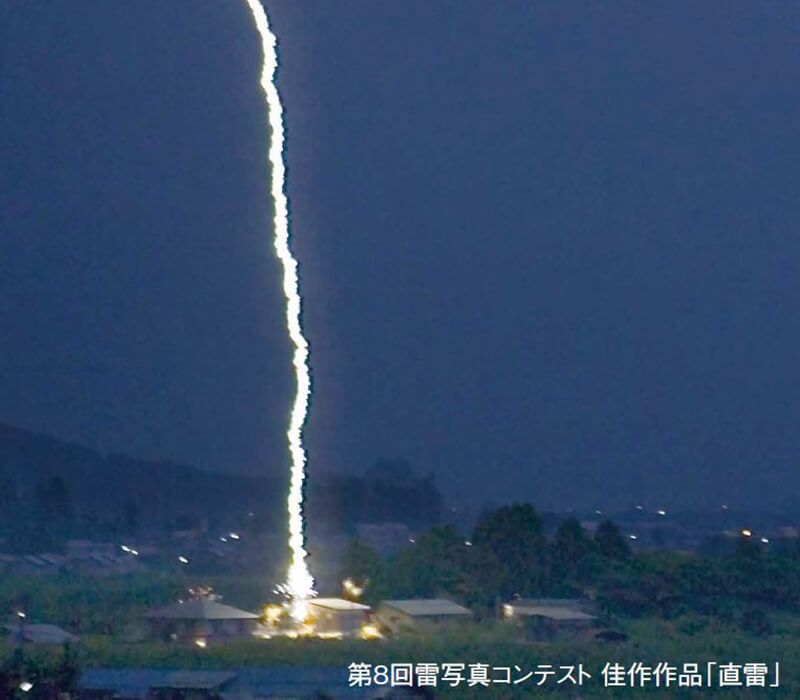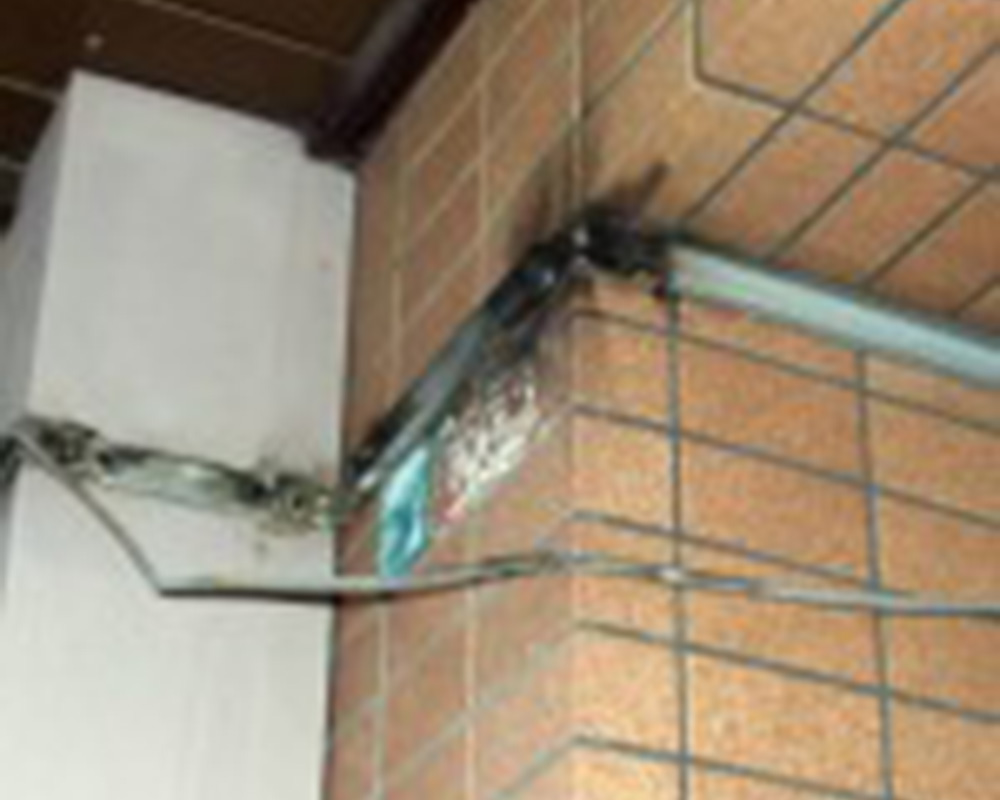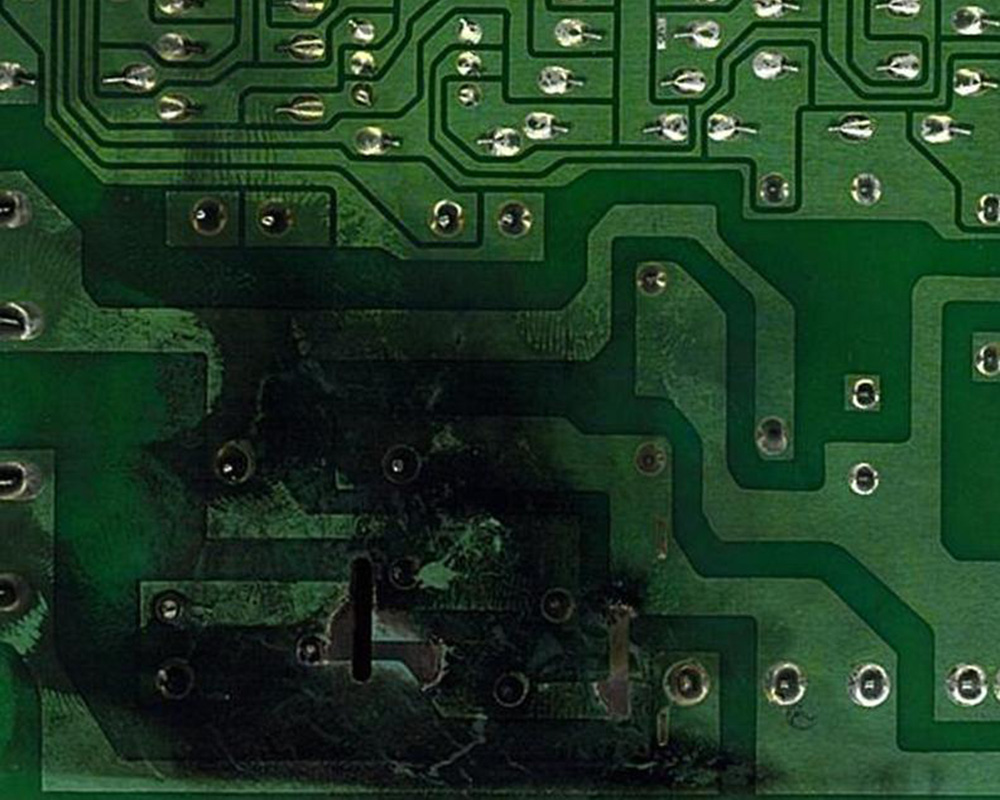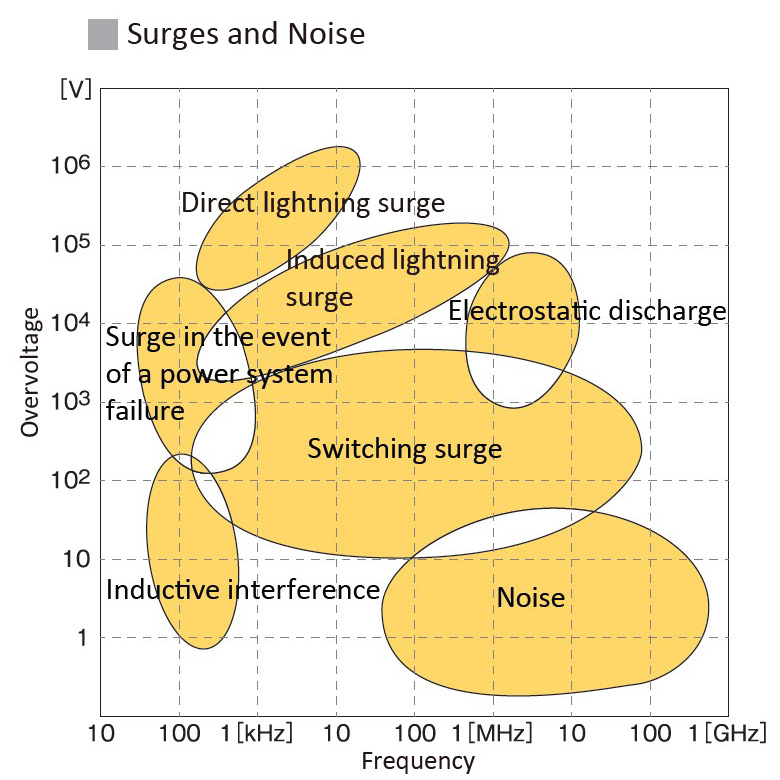Lightning surges are short-term abnormal overvoltages or overcurrents that are generated by lightning and are temporarily directly or indirectly applied to power lines, communication lines, electrical and electronic equipment. Because the lightning current is very large, if lightning strikes a building or electric wire directly, a very large lightning surge current flows, causing great damage to construction and electrical equipment. In addition, even if it is not a direct lightning strike, the current flowing through the lighting discharge path can cause a sudden change in electromagnetic field near the power line or communication lines causing an induced lightning surge to be generated on them. Lightning surges generated in this way penetrate electrical equipment through power and communication lines, causing damage. The impact range of the lightning surge can be several kilometers away from the direct lightning striking point, therefore even if the equipment is not in the immediate vicinity of the lightning strike it can be still be damaged.

The following are different causes of lightning surges.
TA phenomenon in which lightning strikes directly on lightning rods, antennas, transmission and distribution lines, communication lines, etc. of buildings.

A phenomenon where by lightning strikes a nearby area and induces a lightning surge on conductors (Transmission and distribution lines, communication lines, etc.) due to sudden changes in the electromagnetic fields caused by current flowing through the lightning discharge route.

A phenomenon in whereby part of the lightning current flows up ground wires and through other conductors (transmission and distribution line, communication line, etc.) due to a rise in ground potential caused by lightning strikes on structures, etc.

The bulk of lightning impulse damage is on the equipment’s insulation.
Lightning surges have damaging effects on equipment, such as insulation destruction, malfunction, and degradation. Particularly in recent years, a lot of equipment have become vulnerable to overvoltages, making them more prone to damage even at lower overvoltage levels than before. At first glance, the damage caused by lightning surges to an equipment often seems to be just equipment failure, however is important to note that even if there is no abnormality in appearance, some parts of the equipment might be damaged.

Example of burned-out communication cable

Example of burned-out base
Noise refers to voltages, currents and signals other than the intended purpose. Surges have the risk of damaging or destroying equipment, while noise does not have the risk of destroying equipment such as semiconductors, but it can cause malfunctions and loss of memory in computer memory and disks.
Noise is a level of abnormal voltage that is not sufficient enough to destroy weak electrical equipment such as semiconductors, but may interfere with normal operation or cause loss of memory in the computer’s memory or disk. Noise is a lower voltage and a higher frequency than a surge, as shown in Figure 4. (Source: Hashimoto’s “Lightning and Surges”)
